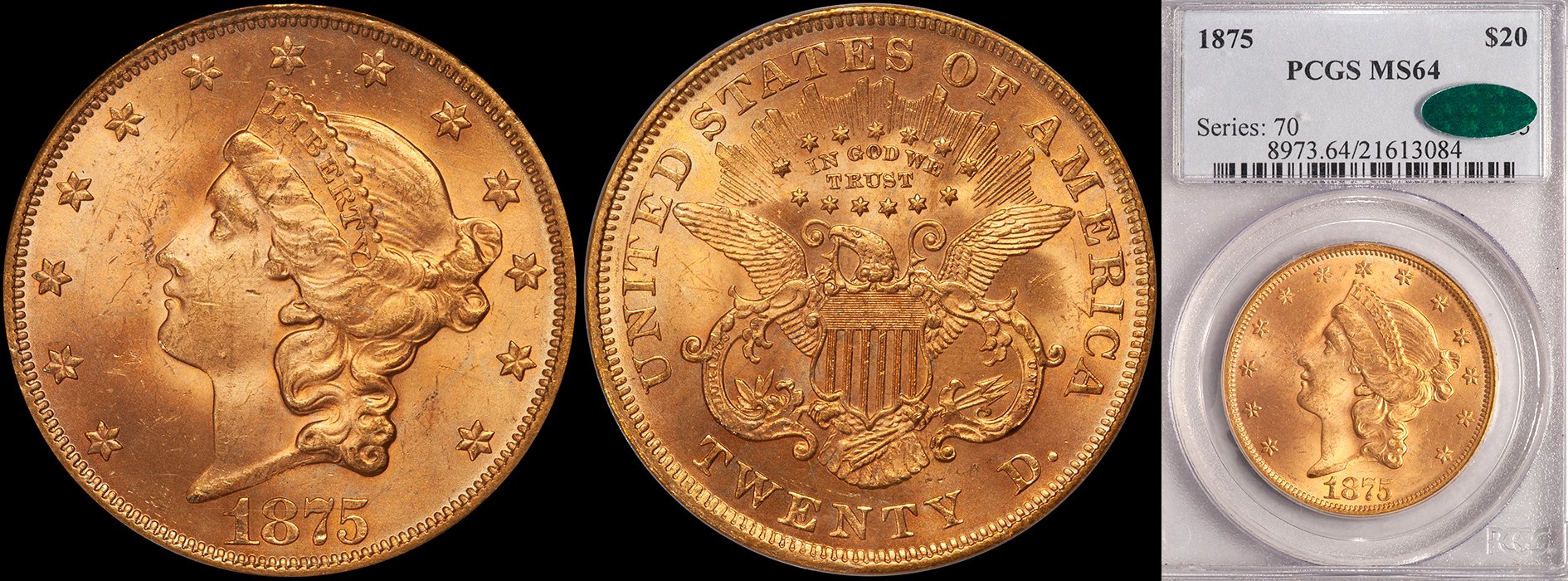Why I Made Collector X Mad
/The phone rang early Saturday morning. It was a collector calling. The conversation went something like this: "Hi Doug, this is "collector X" (the names have been changed to protect the innocent) and I'm getting ready to enter the convention hall. I want to see your coins. What's your table number again?"
"Ummm...it was Table 201 but I left the show last night and I'm currently in my office working up my new purchases so they can be on the website this afternoon."
"You what?!? You left?!? Isn't the show on Saturday? You HAVE to be there. That's not right..."
"I'm really sorry, sir, but I arrived in Schaumberg on Tuesday and I thought three and a half days was enough time to spend at the show. I was around all day Thursday and much of Friday."
"But I work and can't get the time off."
We talked back and forth for a few more minutes. I felt bad that Collector X had driven a few hours to the show and he was about to discover that some of his favorite dealers (not just me) had left on Friday.
Which brings us to the major question at hand: why did I leave early and why will I continue to leave shows (with one or two exceptions) on Friday?
The short answer: most coin shows are too long. Many open on Wednesday and go through Saturday or even Sunday. If you ask ten dealers if they need a coin show to be four or five days, I'm guessing that nine (or more) will say "no." Exceptions to the rule: The January FUN show and the Summer ANA show which are busy enough that most dealers are OK with attending them for the extra day or two.
Here's my take on shows: not only are they too long, there are too many of them. I look at shows as a necessary evil. I have to go to them because this is where I buy a lot of my coins. But if I could figure a way to reduce my show schedule to, say, three or four a year, I'd do it in a heartbeat.
As Collector X was quick to remind me, coins shows are important for him. He gets to see coins, he gets to schmooze with his favorite dealers, and he can buy some stuff. I see his points but I'd offer the following retorts:
1: Most dealers don't put their good coins out at shows, choosing instead to offer them to selected clients via want lists or placing them on their websites.
2: At most shows, dealers are highly stressed-out and a relaxin' chat with a collector isn't practical. If a collector wants to speak to a fully focused, well-rested dealer, he'd do much better speaking to that individual on the phone a week or two after a show, when the dealer is decompressed and relaxed.
3: As a collector, wouldn't you rather make a buying decision in the comfort of your own home, using your own lighting (at most shows the lighting is abysmal...) and not being pressured to make a quick "yes or no" decision?
If you ask ten dealers what they go to shows for, I'm sure you'd get ten different answers. I go to shows primarily to buy. I believe that the excellence of my website means that I have a better delivery method for coins than putting them out in a showcase once per month. That's the reason why when you go to my table at most shows, you see around eight coins laid out in the case. Where are the rest of them? Put away in my safe, waiting for me to image and describe them and place them on my website.
As I mentioned above, I feel that my website is excellent and my inventory is best served by the good images and descriptions found on www.raregoldcoins.com. In order for me to buy coins at shows, I have to get there early.
I told Collector X that the problem with a show like Central States is that it's "front-loaded." By this, I mean that, as a dealer, if you arrive on Wednesday afternoon, you've probably blown your chance to get an early shot at the fresh coins other dealers have for sale. If I had a staff, I'd have them come in the day I was departing in order to man the table while I went home and processed the new purchases. The problem is, most collectors, like Collector X, want to talk to me and not a staff member. Which sort of leaves me between a rock and a hard place.
The ideal solution to this problem is to start shows first thing on a Thursday and end them in the mid-afternoon on Saturday; lean and efficient, please. And I like the idea of having "day tables" where I might be able to vacate my space at the front of the room on Friday and have a smaller dealer from the back of the room move up to my spot.
Collector X, when you read this blog please realize that I feel your pain. Taking the time to drive to a major show and then having many of your favorite dealers not there is no fun. Please know that I was hard at work all day on Saturday (and much of Sunday) on the two nicest days of the year so far in Portland (you have no possible idea how much I wanted to go hiking...) so that you and other DWN customers would be able to have a shot at over fifty new coins by late morning Saturday. Next time I'm in your neck of the woods, let's go have a cocktail, let's go talk about gold coins and let's bury the hatchet.
Sincerely,
Doug Winter









